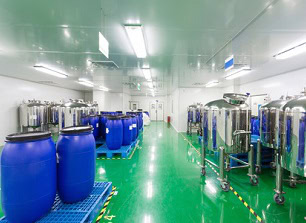Hearing loss claims other than from noise exposure: chemical exposure
Hearing loss is a condition which can have multiple causes, including work related factors or exposures, factors that do not relate to work or a combination of both.
A worker who suffers from a hearing loss is entitled to claim under workers compensation legislation, which in South Australia is the Return to Work Act. Entitlements may include the payment of medical expenses, including hearing aids, and lump sum compensation.
Hearing loss claims often arise because a worker has been exposed to loud noise over time resulting in nose induced hearing loss (NIHL). Exposures other than noise can also give rise to a hearing loss claim as long as they are work related, including:
-
- Acute noise exposure/acoustic trauma (e.g. an explosion, or other instantaneous loud noise such as the dropping of steel).
- Head or neck injury (e.g. from a car accident)
- Solvent/chemical exposure.
- Mixed losses (i.e. hearing loss arising from a combination of the above exposures).
Solvent/Chemical Induced Hearing Loss (SIHL)
Research confirms that exposure to industrial chemicals puts a worker at risk of suffering hearing loss called solvent induced hearing loss (SIHL).
Workers in the following industries may be at risk of SIHL:
- Laboratory/chemical.
- Paint manufacture/stripping/coating.
- Pharmaceutical manufacturing.
- Printing.
- Rubber manufacturing.
- Footwear manufacturing.
- Wood stain/varnishing.
- Pesticide manufacturer.
- Electroplating.
These industries use chemicals which can be hazardous to hearing including toluene, styrene xylene and ethyl benzene.
Where chemical exposure is involved the hearing loss may extend the hearing impairment to the thresholds usually associated with noise induced deafness alone and the workers compensation legislation allows an assessment of work related hearing loss beyond the usual frequencies of 2000Hz to 4000Hz when assessing compensability. Hearing losses in the lower tones (500Hz to 1500Hz) or higher tones (6000Hz to 8000Hz) may also be affected with chemical exposure. As a result a worker with SIHL may have a higher compensable deafness than a worker with only NIHL.
Turner Freeman specialises in claims for hearing loss. If you are concerned about your hearing loss and are interested in making a workers compensation claim please contact our team on 8213 1000.

